
Islamic State claims first attack in Mozambique
It is not immediately clear if today’s statement represents a legitimate claim from Mozambique.

It is not immediately clear if today’s statement represents a legitimate claim from Mozambique.
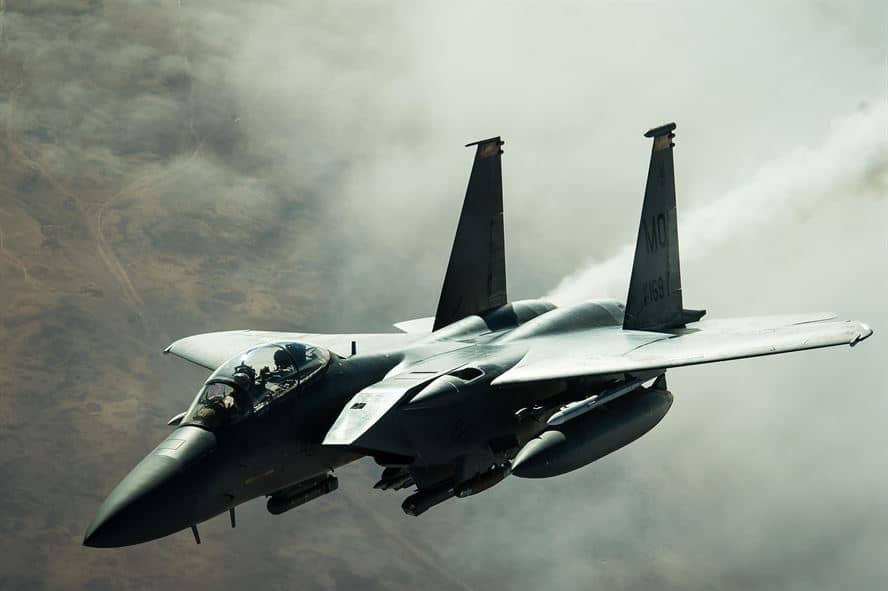
AFRICOM has stepped up its targeting of the Islamic State, and continues to pursue its efforts to “degrade” al Qaeda’s branch in Somalia. Unfortunately, the defeat of the two terror groups is not in the cards.

In a new audio address, Shabaab’s Abu ‘Abdurahman Mahad Warsame warns jihadists that they should avoid spilling the blood of innocent Muslims. However, he justifies the assassination of a Muslim cleric and the murder of civilians.

Bill Roggio testifies before the House Committee on Foreign Affairs Subcommittee on the Middle East, North Africa and International Terrorism, and examines the global terrorism landscape.

The US military launched its second strike against the Islamic State’s network in northern Somalia in the past two weeks.
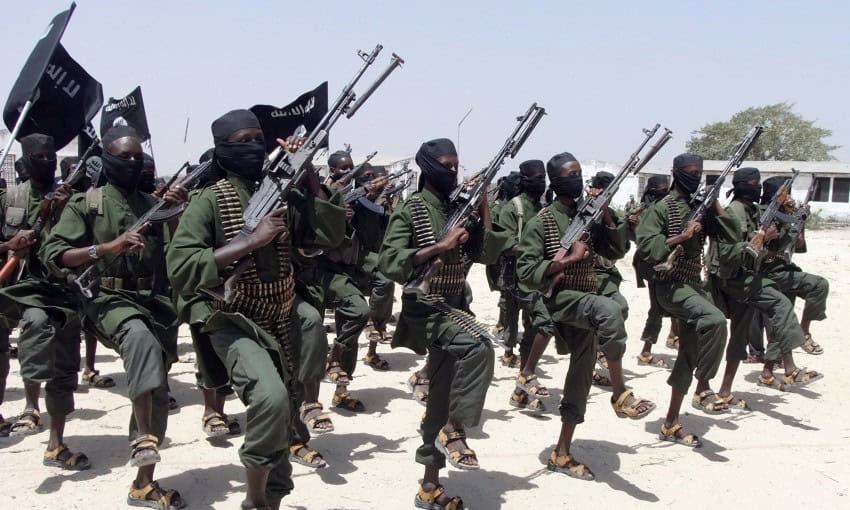
The strike takes place as US and African Union backed Somali forces attempt to wrest territory held by Shabaab. US Africa Command recently estimated that Shabaab controls one quarter of Somalia’s territory.
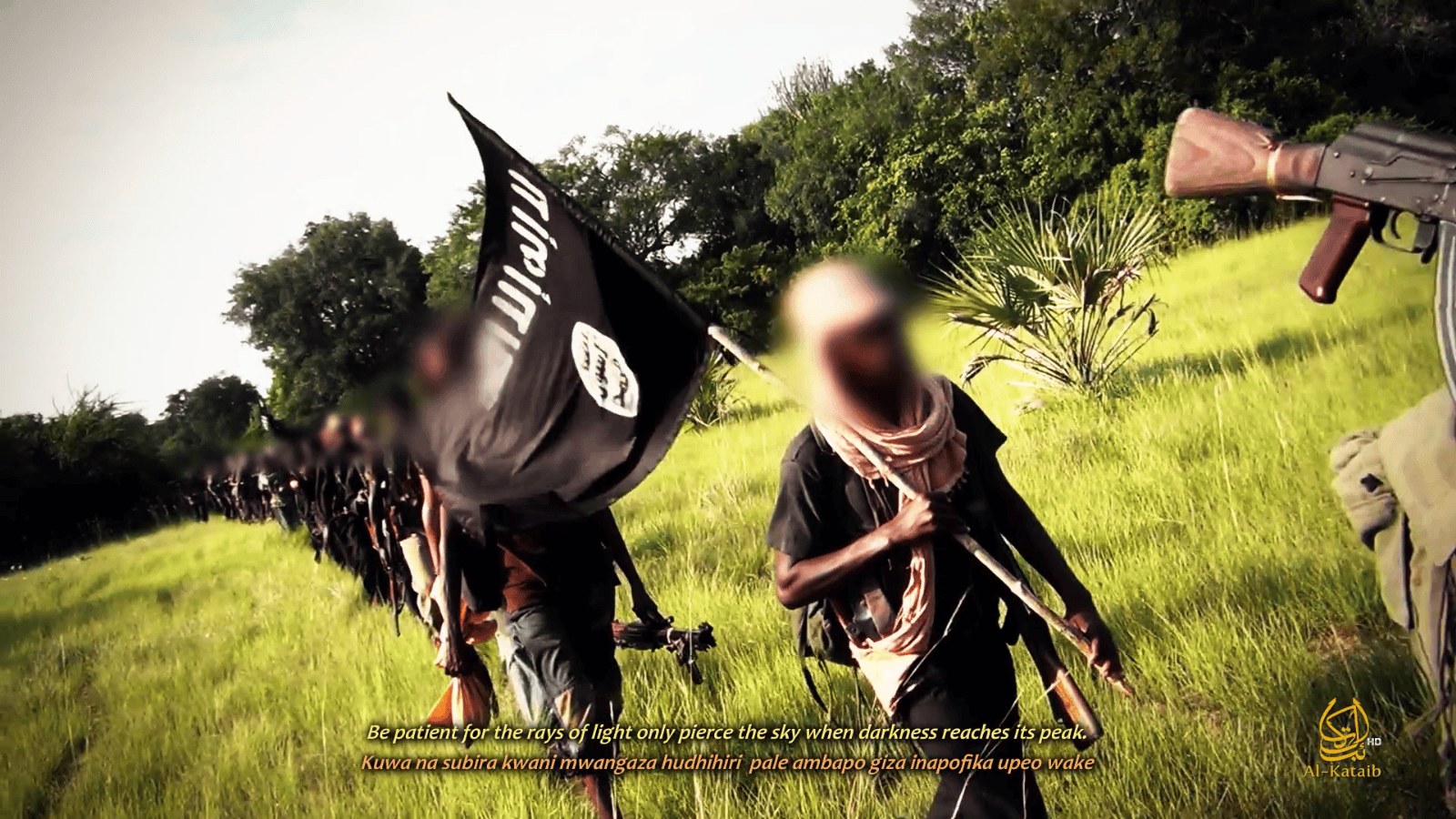
At least 15 people were killed yesterday when Shabaab, al Qaeda’s branch in East Africa, detonated a car bomb on one of Mogadishu’s busiest roads. The bombing was just the latest in a string of car bombs that have hit the Somali capital this week. Those 15 people were killed when the car bomb detonated […]

Shabaab’s suicide assault killed the Deputy Minister and 14 others in Mogadishu.
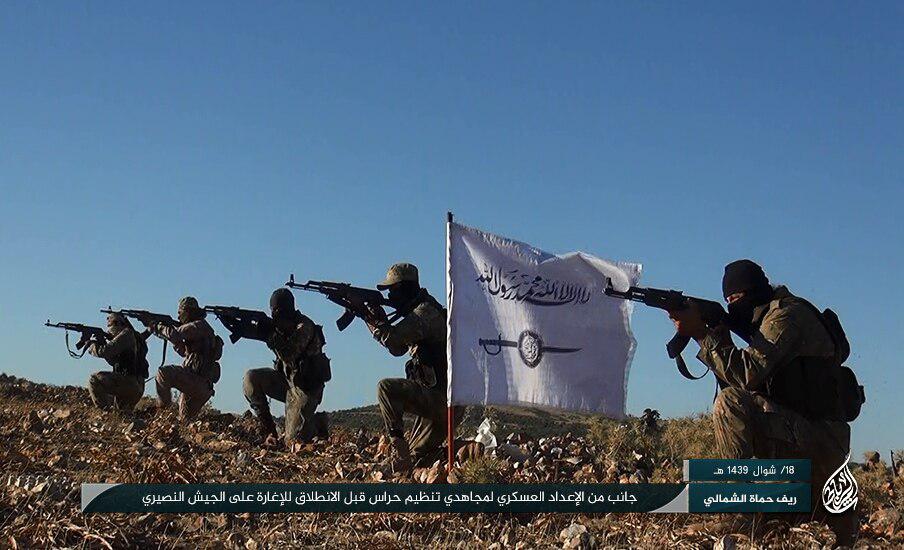
The Guardians of Religion organization has praised recent operations conducted by the Taliban and Shabaab.

If the current pace of strikes continues, the US will strike Shabaab 130 times in 2019. Is this a prelude to disengagement?

Shabaab has continued to demonstrate its ability to strike in heavily fortified areas of Mogadishu.

The US military’s air campaign against Shabaab, al Qaeda’s branch in East Africa, continues to intensify. AFRICOM launched five more airstrikes against Shabaab over the weekend.
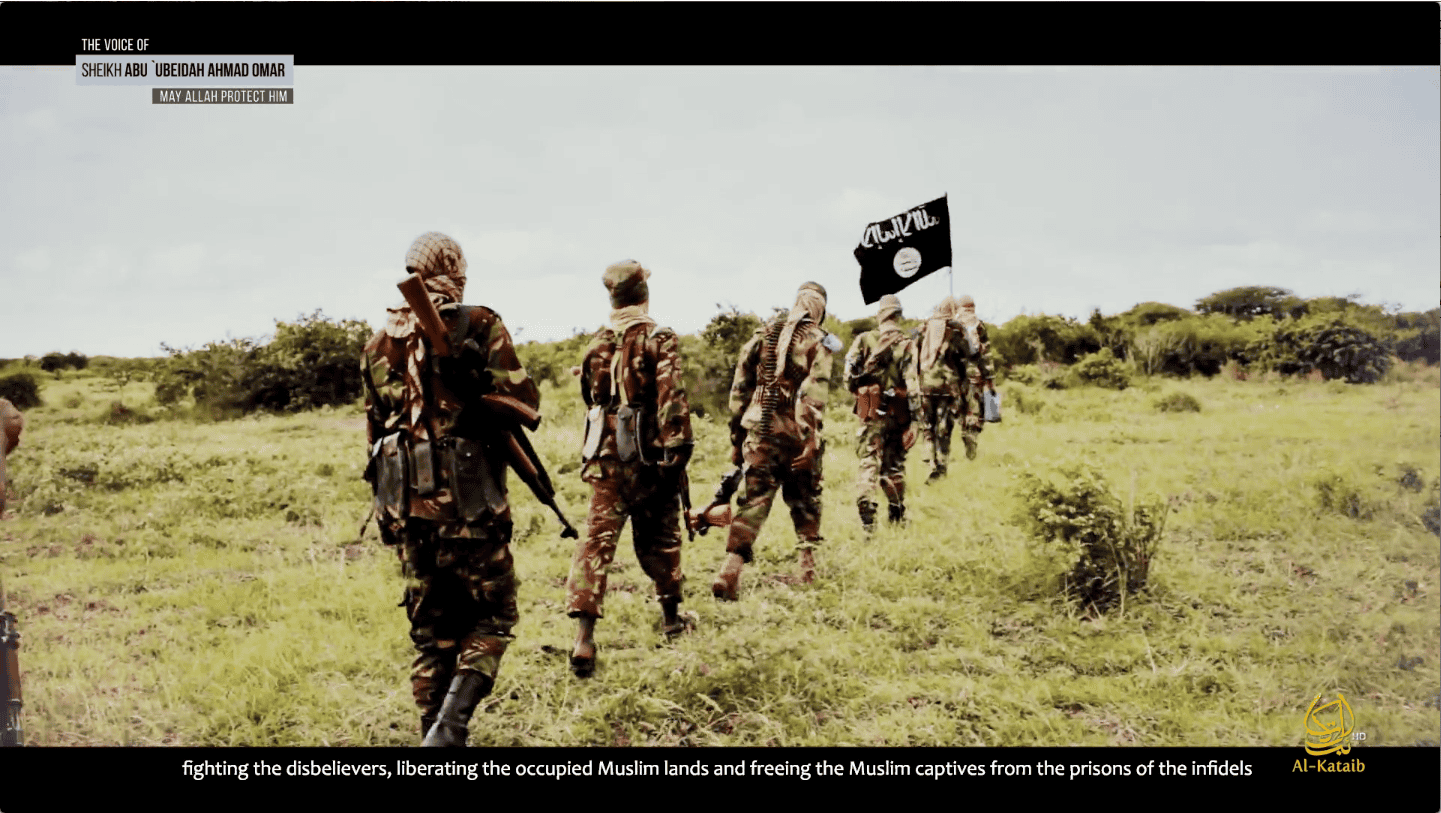
The two latest strikes took place in a town where Shabaab is dominant. The US air campaign against Shabaab continues to intensify and is on pace to quickly outstrip last year’s strike total.
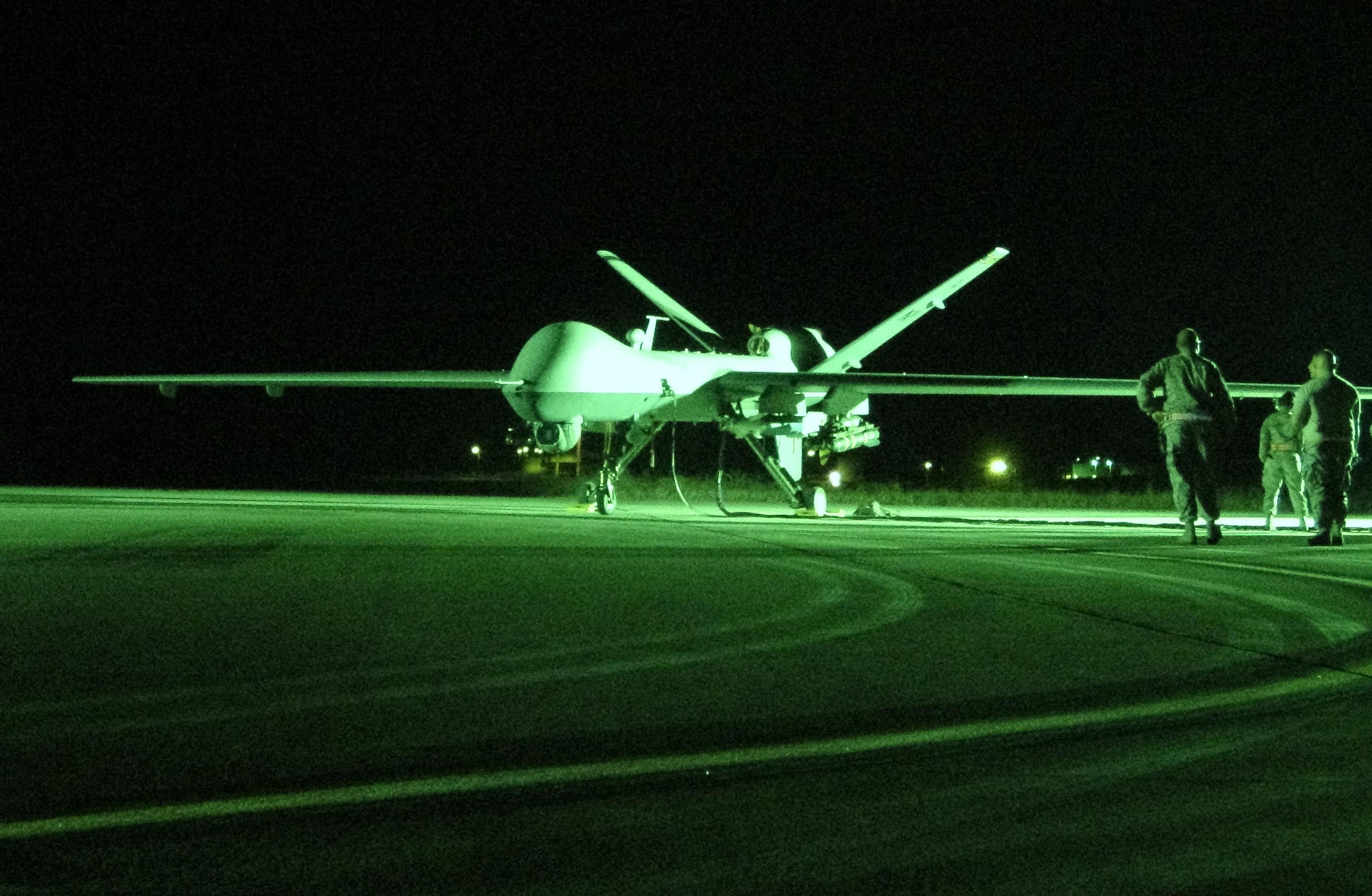
Since the New Year, US Africa Command has hit Shabaab 14 times. AFRICOM acknowledges that the air campaign is not sufficient to defeat Shabaab, but can only support the Somali government’s efforts.

Shabaab has now assassinated four high-ranking Somali military personnel in the same general vicinity.

The pace of strikes against Shabaab’s network in Somalia has intensified despite reports that the US military is seeking to disengage from the war-torn country.
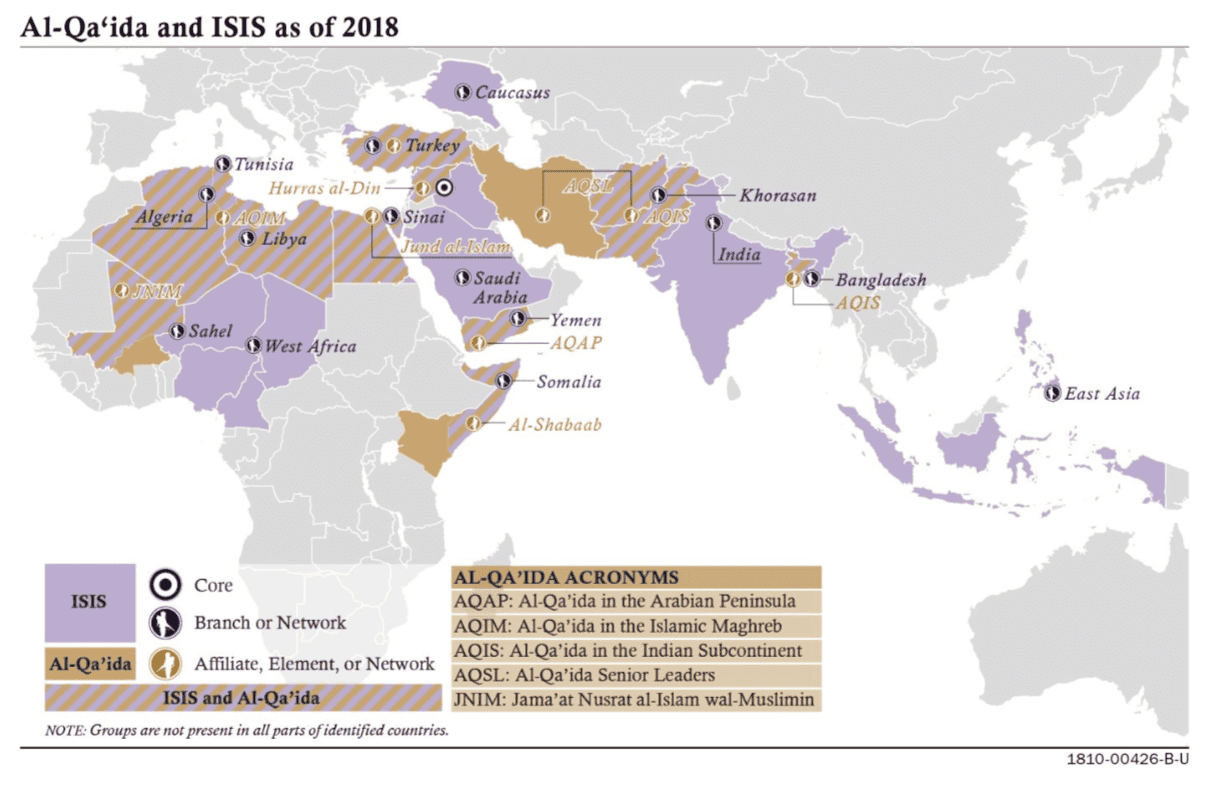
According to the Office of the Director of National Intelligence (ODNI), al Qaeda’s senior leaders are strengthening the al Qaeda “network’s global command structure.” Meanwhile, the Islamic State “still commands thousands of fighters in Iraq and Syria.” Both groups maintain worldwide networks or affiliates, branches, and supporters.
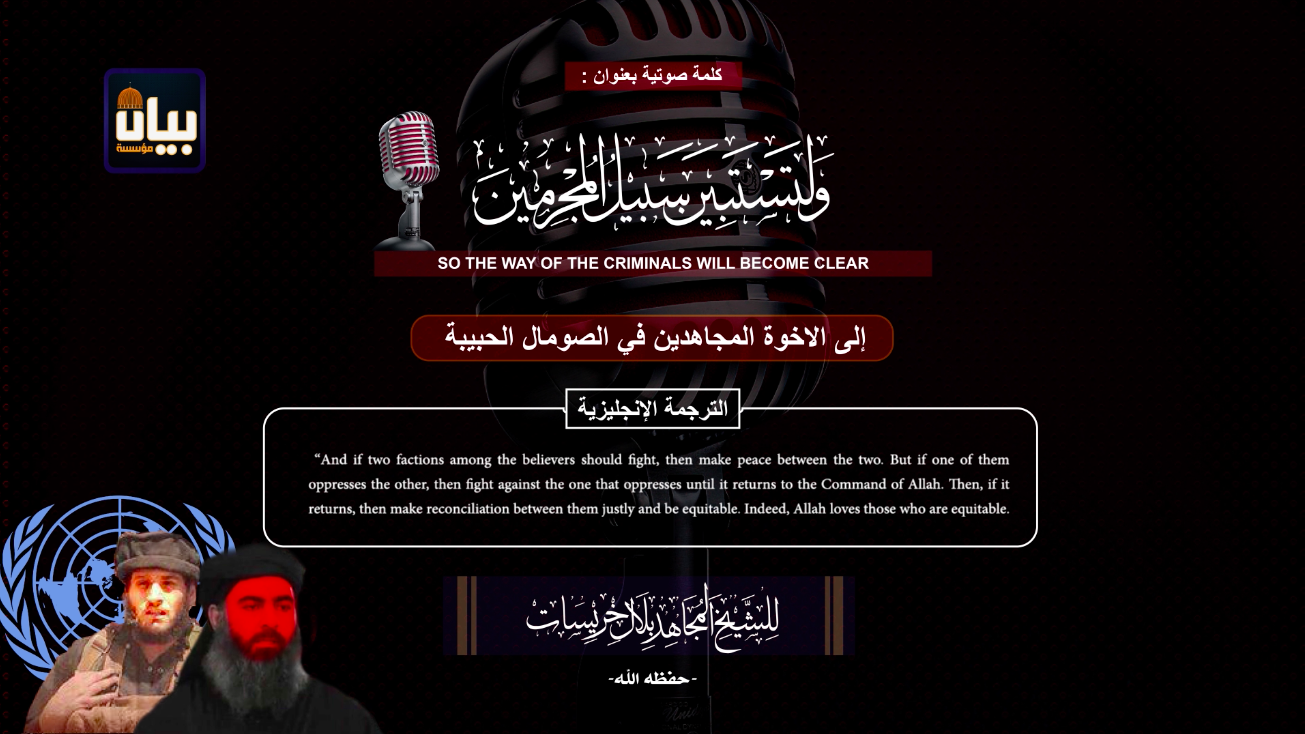
Bilal Khuraysat, an al Qaeda ideologue in Syria, has released a treatise justifying Shabaab’s war with the Islamic State in Somalia. The Islamic State continues to battle al Qaeda’s branches and like-minded jihadists in several theaters.
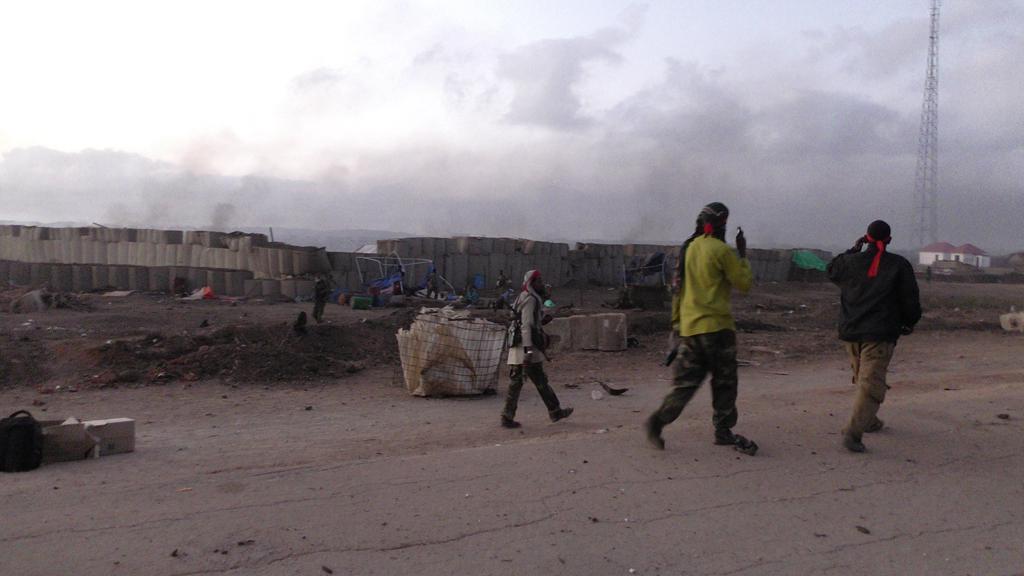
A US airstrike reportedly targeted Shabaab militants as they went on the offensive following the deadly terrorist attack in Nairobi.
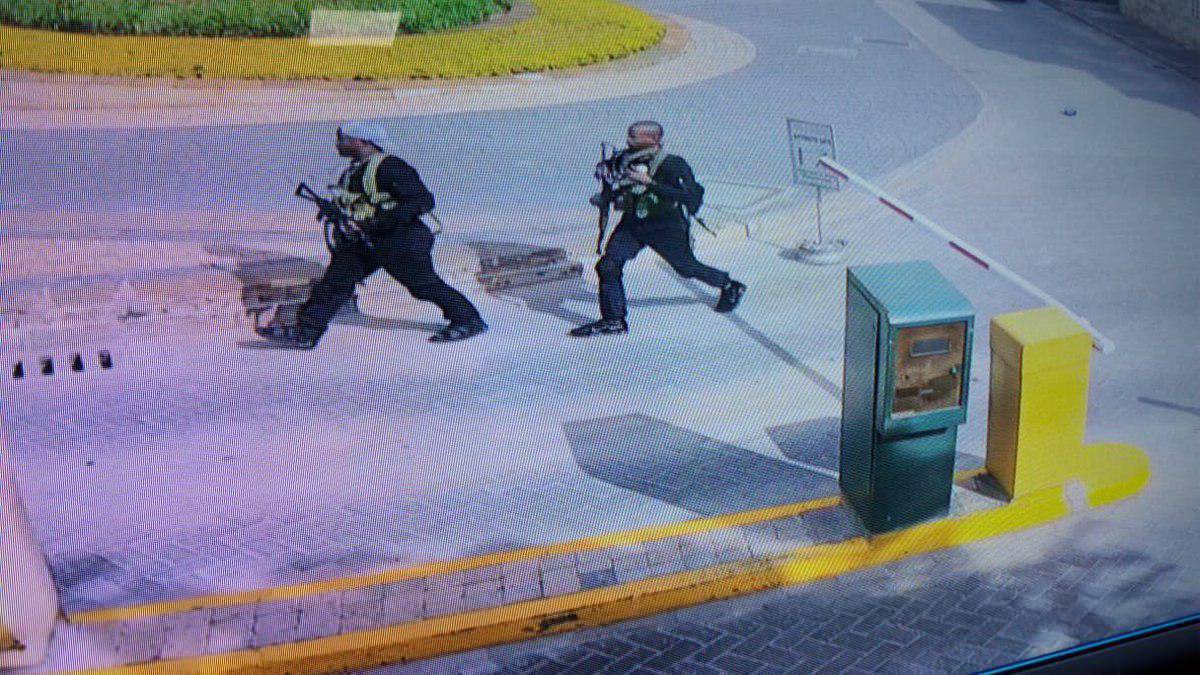
Shabaab released a two-page statement saying the Jan. 15 attack at a hotel in Nairobi was conducted in accordance with Ayman al Zawahiri’s “guidelines.” The al Qaeda arm has other reasons for striking inside Kenya as well, including the government’s role in the guerrilla war in Somalia.

The jihadist group continues to launch large-scale attacks inside Kenyan territory.

With Shabaab continuing to target ISS members and pro-ISS members within its own ranks, it is unlikely Fiile will be the last commander to be killed by the al Qaeda branch.

US counterterrorism operations against al Qaeda’s branch in Somalia shows no signs of slowing down despite a report last week that said the Pentagon plans to reduce its role there. The US has launched four strikes against Shabaab during the first week of 2019.

The Islamic State’s loyalists claimed more operations in Somalia in 2018 than in 2016 and 2017 combined. The group has also expanded its operations to include tactics normally associated with its larger rival, Shabaab.
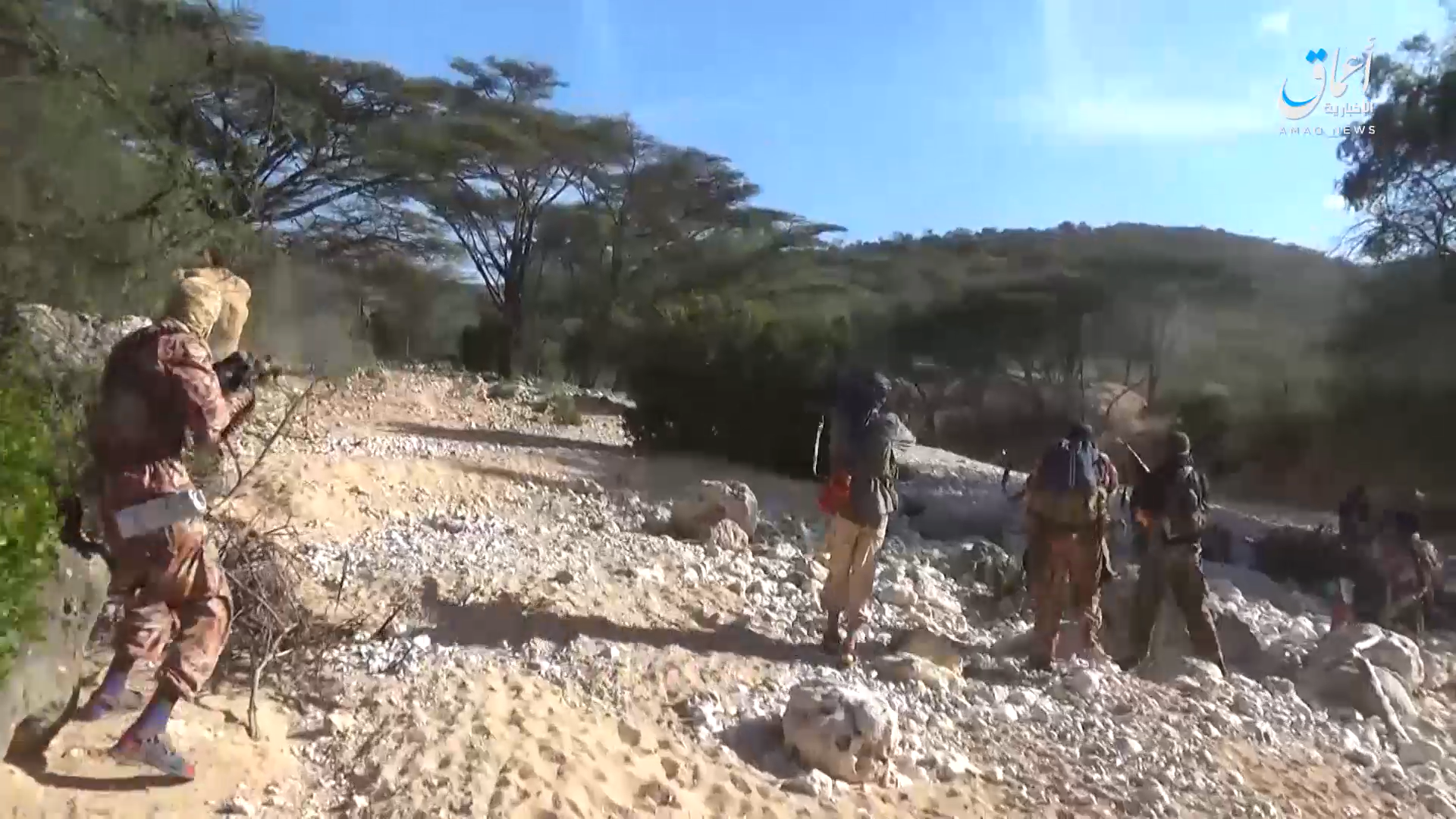
The Islamic State released its first video footage of a clash with Shabaab, al Qaeda’s branch in Somalia and East Africa.

The strikes were launched to “prevent terrorists from using remote areas as a safe haven to plot, direct, inspire, and recruit for future attacks,” AFRICOM noted.
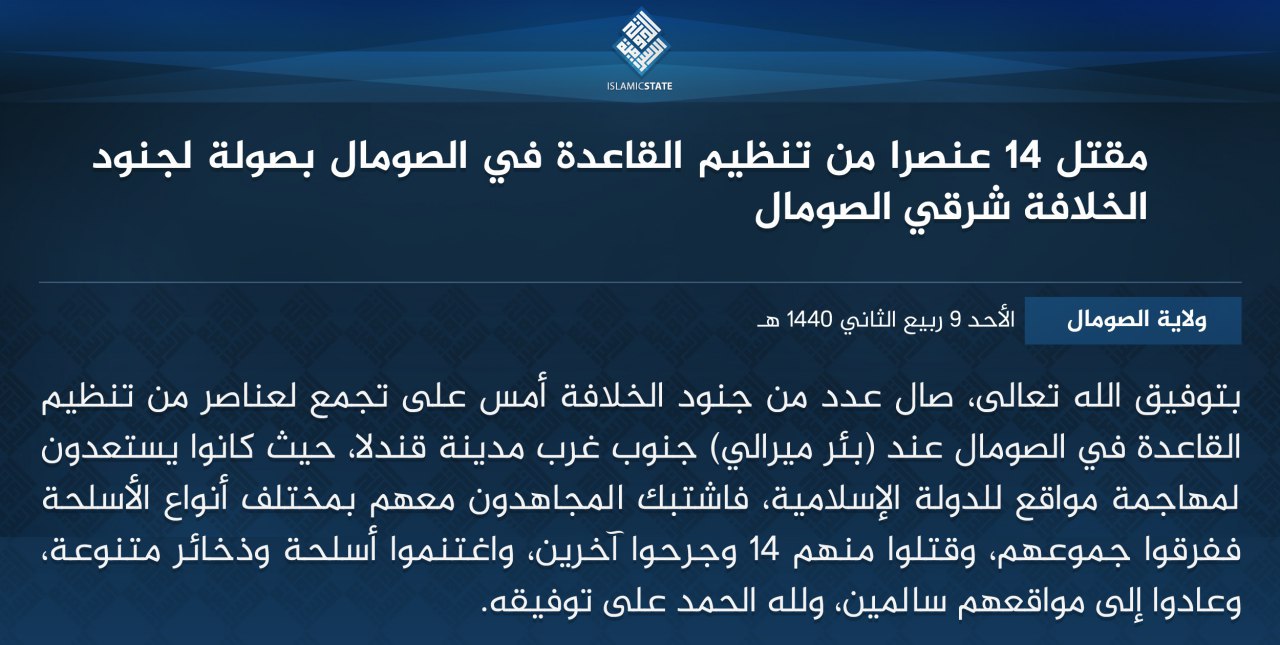
The Islamic State claims to have killed 14 members of Shabaab, al Qaeda’s arm in Somalia.
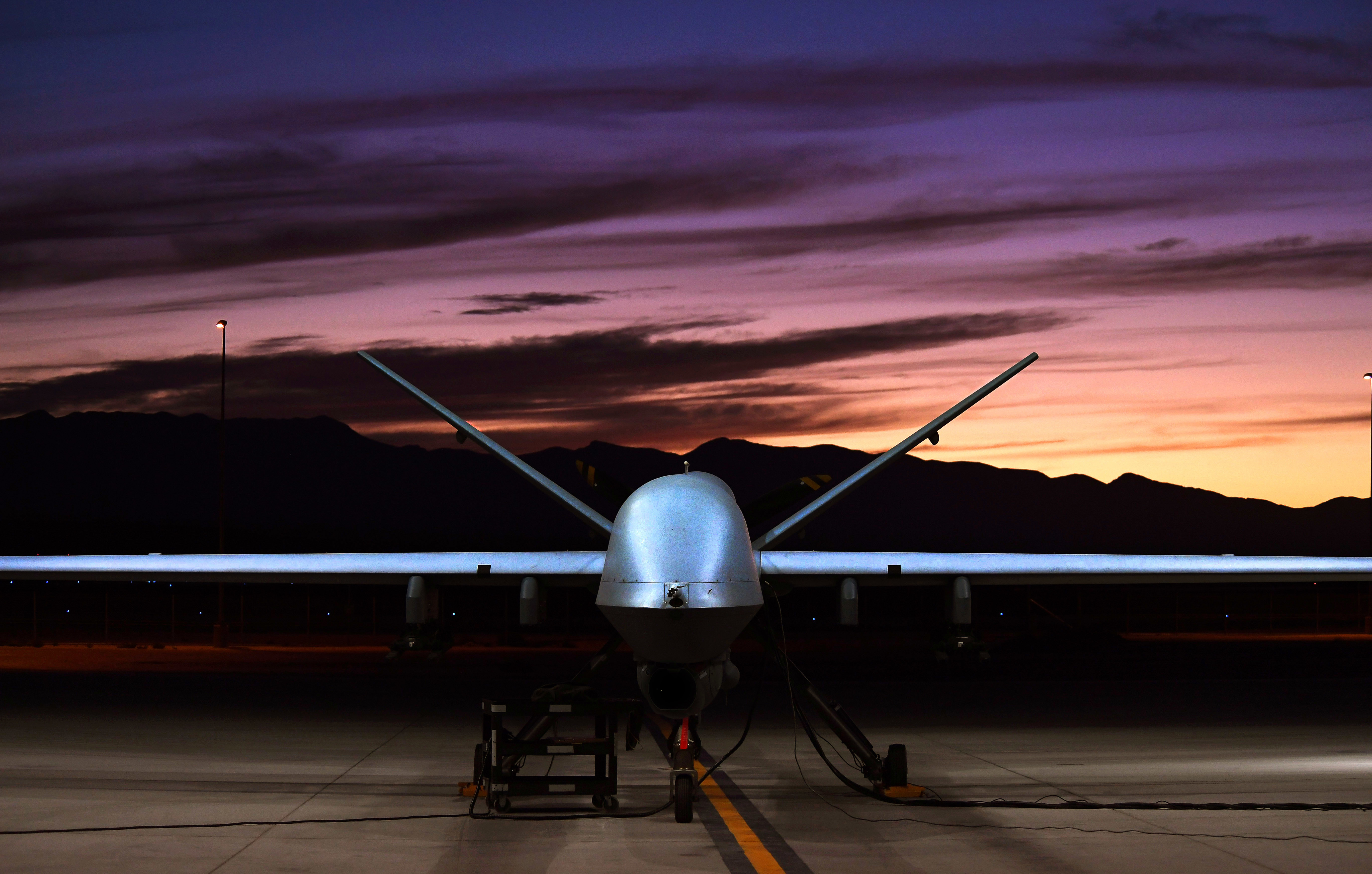
The last three strikes against Shabaab have taken place in an area where foreign al Qaeda fighters have historically sheltered. AFRICOM has targeted Shabaab 40 times throughout Somalia in 2018.
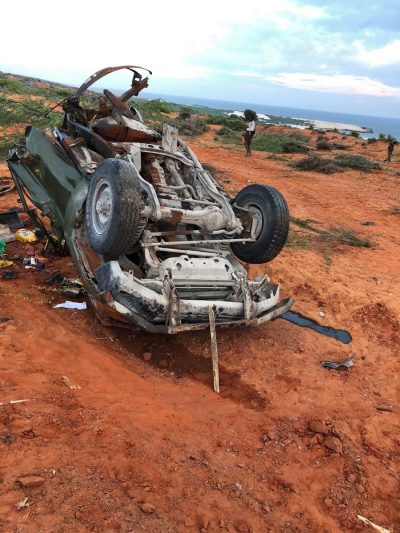
Shabaab killed two Somali generals who were leading a military offensive against the group in the Lower Shabelle region, south of Mogadishu.

The US military has launched six airstrikes in the central Somali province of Mudug since Nov. 19, killing at least 55 Shabaab fighters.